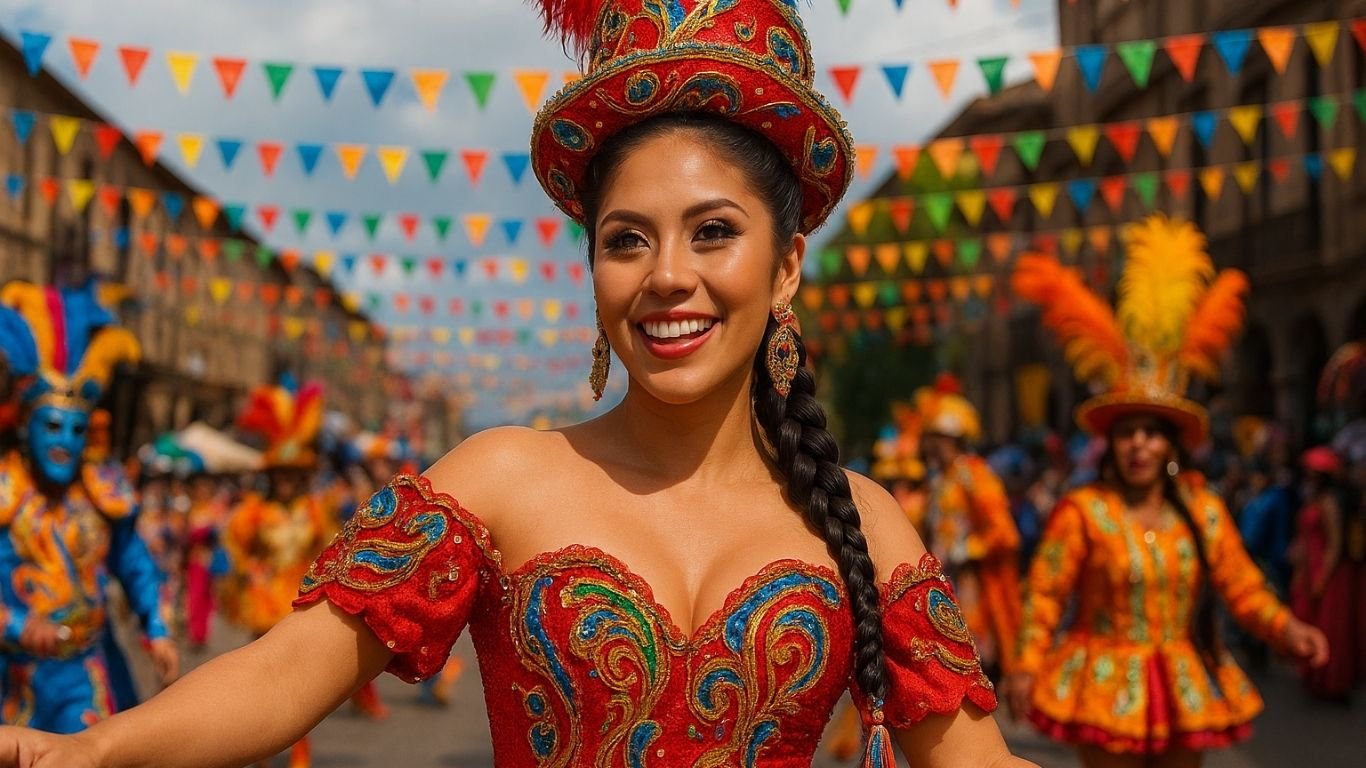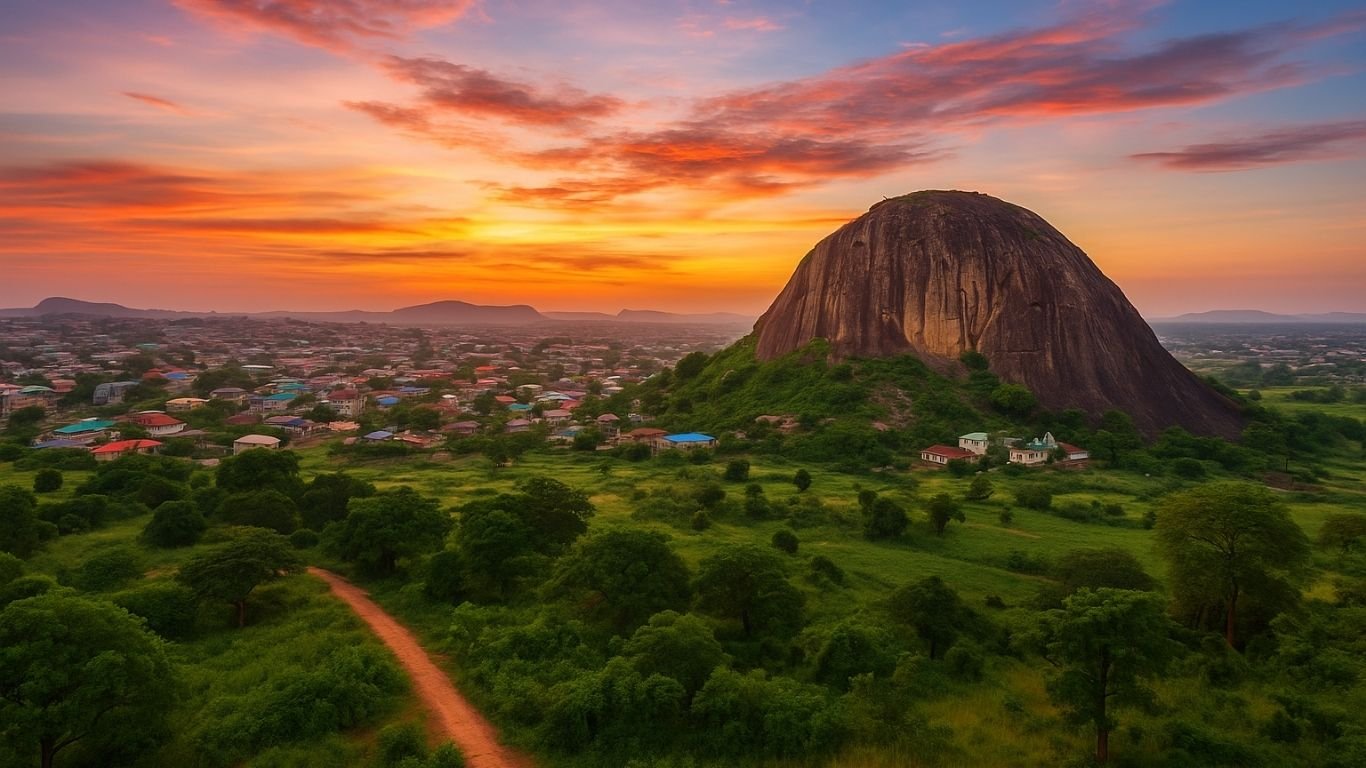South America, a continent rich in history and cultural diversity, comes alive through its myriad festivals that celebrate ancient traditions, religious beliefs, and communal bonds. These vibrant events offer a window into the soul of its people, reflecting a tapestry woven from indigenous customs, colonial influences, and contemporary expressions.
Table of Contents
Defining Cultural Festivals
Cultural festivals are communal celebrations that highlight the unique traditions, beliefs, and practices of a community or nation. They serve as expressions of collective identity, commemorating historical events, seasonal changes, religious beliefs, or significant cultural milestones. Beyond mere entertainment, these festivals play a pivotal role in preserving and transmitting cultural heritage across generations.
Significance of Festivals in South American Culture
In South America, festivals are more than just public celebrations; they are integral to the social and spiritual fabric of societies. They offer communities an opportunity to honor their ancestors, express artistic creativity, and reinforce social bonds. These events often blend indigenous rituals with colonial-era traditions, resulting in unique celebrations that encapsulate the continent’s complex history and multiculturalism.
Overview of South America’s Diverse Cultural Landscape
South America’s cultural landscape is a mosaic of indigenous traditions, African influences, and European colonial heritage. This diversity is vividly displayed in its festivals, where ancient Incan ceremonies coexist with African-inspired music and dance, and Catholic processions are infused with local customs. The continent’s festivals not only showcase this rich cultural amalgamation but also highlight regional distinctions, offering a unique insight into the identity of each community.
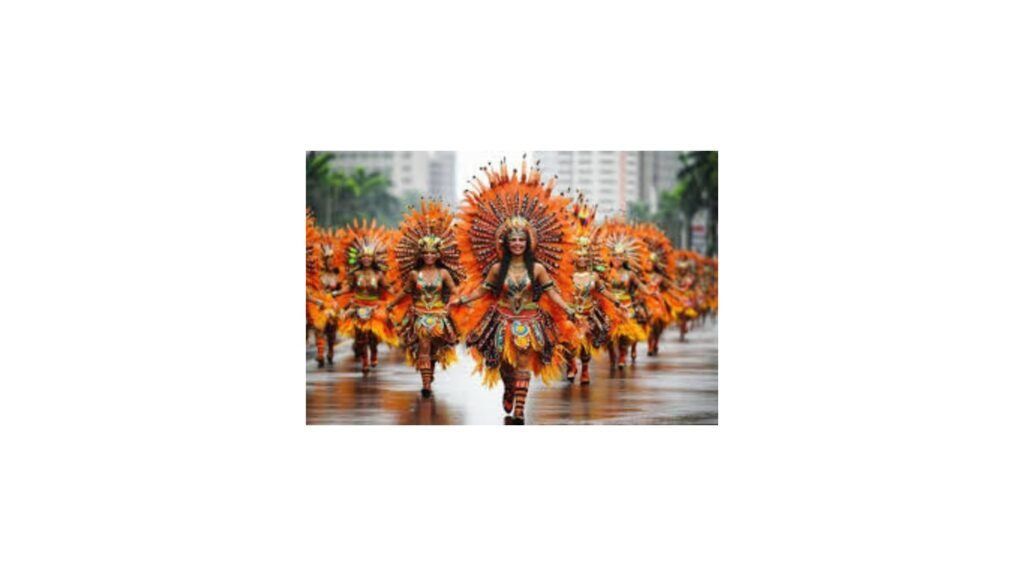
Key Festivals Across South America
Carnival in Brazil
Arguably the most renowned festival in South America, Brazil’s Carnival is a euphoric explosion of music, dance, and color. Held annually before Lent, cities like Rio de Janeiro and São Paulo become vibrant stages for samba schools to showcase elaborate floats and costumes. The streets pulsate with rhythms, drawing millions of participants and spectators from around the globe. This festival not only exemplifies Brazilian joie de vivre but also reflects the country’s African, Indigenous, and Portuguese cultural influences.AP News
Inti Raymi in Peru
Inti Raymi, or the Festival of the Sun, is an ancient Incan celebration held annually on June 24th in Cusco, Peru. This festival honors Inti, the sun god, and marks the winter solstice. Participants engage in elaborate reenactments of Incan ceremonies, donning traditional attire and performing dances that have been passed down through generations. The festival not only pays homage to Incan heritage but also reinforces contemporary Peruvian cultural identity.
Diablada in Bolivia
The Diablada, or Dance of the Devils, is a traditional dance that forms the centerpiece of Bolivia’s Oruro Carnival. This UNESCO-recognized event features performers wearing ornate devil masks and costumes, symbolizing the battle between good and evil. Rooted in Andean religious traditions and later infused with Catholic symbolism, the Diablada exemplifies the syncretic nature of South American festivals, blending indigenous and European elements into a unique cultural expression.
Festival Nacional del Folklore in Argentina
Held in Cosquín, Argentina, the Festival Nacional del Folklore is a celebration of Argentine folk music and dance. Over nine nights, performers from across the country gather to showcase traditional styles such as chacarera and zamba. The festival serves as a platform for cultural preservation, ensuring that these art forms continue to thrive in modern times.
Yuru Parry in the Amazon Region
The Yurupary Festival, celebrated by indigenous communities in the Amazon, is a rite of passage that involves music, dance, and storytelling. This festival is deeply spiritual, connecting participants to their ancestral roots and the natural world. It underscores the importance of oral traditions in preserving cultural identity and environmental stewardship.
Feria de las Flores
Medellín, Colombia, blooms every August during the Feria de las Flores (Flower Festival). This vibrant event features flower parades, music, dancing, and cultural exhibitions, celebrating the region’s floral industry and paisa culture. The festival’s highlight is the Desfile de Silleteros, where flower growers carry elaborate floral arrangements on their backs, showcasing creativity and botanical beauty.
Oruro Carnival
Bolivia’s Oruro Carnival is a UNESCO-recognized festival that blends Catholic rituals with indigenous traditions. Featuring the famous Diablada dance, the carnival showcases a rich tapestry of folklore, with participants donning intricate costumes and masks. The event symbolizes the triumph of good over evil and is a testament to Bolivia’s cultural resilience and diversity.
Festival de la Candelaria
Celebrated in Puno, Peru, the Festival de la Candelaria honors the Virgin of Candelaria, the city’s patron saint. This festival combines Catholic and indigenous traditions, featuring vibrant processions, traditional music, and dance performances. Participants wear elaborate costumes, and the city comes alive with festivities that reflect the deep spiritual and cultural roots of the community.
Mendoza Wine Harvest Festival
Argentina’s Mendoza Wine Harvest Festival, or Fiesta Nacional de la Vendimia, is a grand celebration of the grape harvest. Held annually in March, the festival includes parades, music, dancing, and the crowning of the Harvest Queen. It highlights the significance of viticulture in the region and offers visitors a chance to experience Argentine wine culture firsthand.
Tapati Festival
On Easter Island, the Tapati Festival is a Polynesian celebration that honors Rapa Nui culture. Held in February, the festival features traditional sports, music, dance, and body painting. It fosters community spirit and preserves the unique cultural heritage of the island’s inhabitants.
Corpus Christi Festival
The Corpus Christi Festival, observed widely across South America—most notably in Cusco, Peru and Quito, Ecuador—is a grand Catholic celebration that traces its origins to the Spanish colonial period. Rooted in Christian tradition, it honors the Eucharist and the presence of Christ in the sacrament. What makes the South American version unique is the integration of indigenous Andean customs.
In Cusco, the festival is marked by the procession of fifteen saints and virgins from various churches, all paraded around the main square in ornate regalia. Accompanying the religious aspect are traditional dances such as the Qhapaq Qolla and Qhapaq Negro, rich with symbolic references to Incan culture. The fusion of pre-Columbian and Catholic elements makes this event an emblem of syncretism and spiritual resilience.
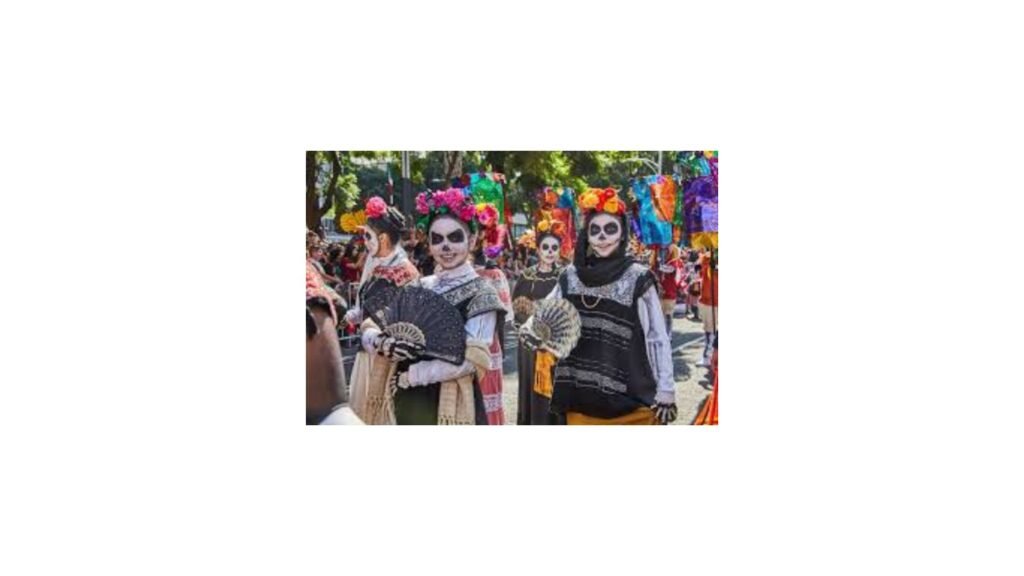
Day of the Dead
While most associated with Mexico, the Day of the Dead (Día de los Muertos) is also celebrated in parts of Ecuador, Peru, and Bolivia with distinctive local customs. Unlike Halloween, this is a deeply reflective celebration that honors deceased loved ones through offerings, music, and storytelling.
In Ecuador, families gather in cemeteries to share a meal with their ancestors, consuming traditional dishes like guaguas de pan (bread shaped like children) and colada morada, a sweet purple corn drink. In Bolivia, indigenous rituals are blended with Catholic mass to form ceremonies that revere the ñatitas, or human skulls believed to possess spiritual power.
This festival is a powerful reminder of the South American view of death—not as an end, but as part of an eternal cycle of life, memory, and familial continuity.
Fiesta de la Tirana
Held in the Atacama Desert town of La Tirana, Chile, this festival is one of the most important religious celebrations in the country. Every July, thousands make a pilgrimage to honor the Virgen del Carmen, Chile’s patron saint. The desert transforms into a kaleidoscope of sound and motion, featuring colorful costumes, booming brass bands, and ritual dances like the Diablada and Morenada.
Rooted in both Aymara tradition and Spanish Catholicism, the Fiesta de la Tirana is a testament to cultural fusion and deep-seated faith. It’s also a deeply communal event, uniting remote Andean villages in shared worship and celebration.
Señor de los Milagros
In Lima, Peru, the Señor de los Milagros (Lord of Miracles) procession is among the largest Catholic gatherings in the world. The festival centers around a 17th-century mural of Christ that miraculously survived a devastating earthquake. Devotees clad in purple robes walk in solemn processions for days throughout October, filling the streets with incense, hymns, and prayer.
This event reflects the strength of Catholic devotion in Peru and showcases the power of collective memory and miraculous faith. It’s a moving, reverent experience for those who witness or participate in it.
Semana Santa
Holy Week, or Semana Santa, is celebrated with solemn reverence throughout South America, especially in countries like Colombia, Peru, and Paraguay. The week leading up to Easter features elaborate processions, re-enactments of the Passion of Christ, and deep spiritual reflection.
In Popayán, Colombia, for instance, Semana Santa has been declared an Intangible Cultural Heritage by UNESCO. Processions of centuries-old statues, carried by generations of families, move slowly through cobbled colonial streets illuminated by candlelight. The festival is not only a religious observance but also a cultural inheritance passed down through time.
The Role of Music and Dance
Traditional Music Genres
Music is the heartbeat of South American festivals. From the pulsating rhythms of samba in Brazil to the melancholic strains of zamba in Argentina, every country offers a sonic signature. In Peru, huayno and marinera capture indigenous and Spanish legacies. Colombia boasts the tropical beats of cumbia and vallenato, while Ecuador is known for the highland sanjuanito.
Each genre isn’t just entertainment—it’s a vessel of history, resistance, and celebration. These sounds provide the emotional tone of festivals and stir powerful feelings of nostalgia, pride, and belonging.
The Importance of Dance in Festival Expression
Dance, in South America, is storytelling in motion. It expresses everything from mythological battles (as in Bolivia’s Diablada) to agricultural blessings (as seen in Peruvian scissor dancing). These dances are often performed in group formations, symbolizing unity, spiritual strength, and harmony with the land.
Dancers train year-round, and performances can last for hours. The precision, stamina, and grace on display are breathtaking, reinforcing the role of dance as a form of worship, protest, and cultural affirmation.

Instruments and Rhythms Unique to South America
The festivals resound with instruments like the charango (a small Andean lute), zampoña (pan flute), bombo (large drum), and cuatro (a four-string guitar). African-influenced percussion is prevalent in Brazil and Colombia, while Andean melodies dominate the highlands.
These instruments, often handmade, carry ancestral knowledge. Each beat and melody serves a ritual function, harmonizing with natural cycles and spiritual forces.
Costumes and Visual Spectacle
Symbolic Meanings of Festival Attire
Festival attire is far more than decorative—it communicates identity, social role, and religious meaning. Masks, for example, might represent spirits, animals, or ancestral figures. In the Diablada, devil masks confront moral dualities, while in Tapati, body paint tells stories of gods and migration.
Costumes help bridge the physical and spiritual worlds, turning dancers into avatars of mythology, faith, and folklore.
Craftsmanship and Artistry in Costume Design
Many costumes are handcrafted by artisans who employ ancient techniques in embroidery, metalwork, and feather crafting. In Brazil’s Carnival, entire neighborhoods rally around samba schools to design the year’s theme costumes and floats. In Bolivia, embroidered capes and headpieces can take months to finish.
This craftsmanship keeps artisanal traditions alive and passes them down to younger generations, often through apprenticeship.
The Use of Colors and Patterns
Color schemes often carry sacred meanings. Red might signify blood and sacrifice, while blue suggests the sky or divine protection. Patterns reference crops, animals, cosmology, or historic victories. The dazzling variety reflects not only aesthetic sense but encoded messages rooted in ancient belief systems.
Food and Culinary Traditions
Regional Festival Cuisine
South America’s festivals are feasts for the palate. In Peru, anticuchos (grilled skewers) and picarones (sweet potato doughnuts) are common. Argentina’s asado is more than a meal—it’s a social ritual. In Colombia’s Feria de las Flores, arepas, empanadas, and lechona abound.
Festival dishes often reflect seasonal ingredients and local farming practices, maintaining culinary heritage.
Traditional Drinks and Beverages
Local drinks enhance the celebratory mood. Chicha (a fermented corn drink) is traditional in Andean festivals. Brazil offers caipirinhas, while Chile’s celebrations often include pisco sours. During Inti Raymi, you may find ceremonial offerings of ayahuasca or mate de coca, reflecting spiritual or medicinal uses.
The Social Aspect of Festival Feasts
Sharing food is a sacred act, reinforcing kinship, hospitality, and collective memory. Meals are often served in open-air settings, bringing together entire communities and fostering intergenerational bonding. Cooking becomes a communal effort, blending family recipes with ritual significance.
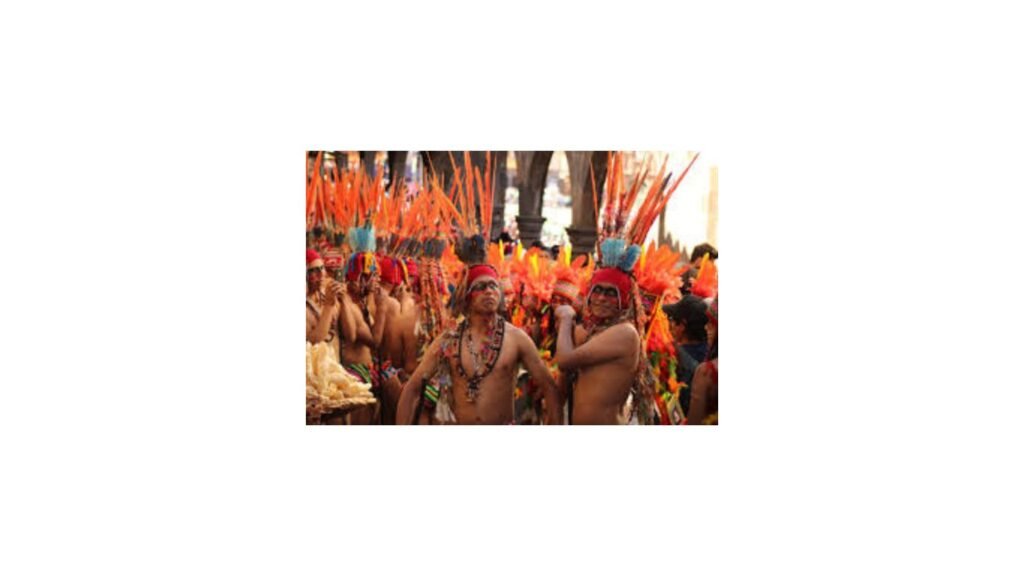
The Impact of Festivals on Local Communities
Economic Benefits and Tourism
Festivals drive substantial economic activity. They generate employment, boost tourism, and support artisans, musicians, and local vendors. Cities like Rio de Janeiro, Cusco, and Medellín rely heavily on annual festivals for revenue and global exposure.
Investing in festivals also means investing in infrastructure, hospitality, and sustainable tourism.
Cultural Preservation and Transmission
By involving youth and elders alike, festivals ensure the transmission of languages, crafts, stories, and rituals. School programs, community workshops, and intergenerational mentorship keep these practices alive even as societies modernize.
Social Cohesion and Community Spirit
Festivals act as social glue, uniting fragmented communities under a shared identity. They help resolve tensions, celebrate achievements, and provide a space for collective mourning or joy. They also allow for cultural exchange between urban and rural populations.
Challenges and Evolution of Festivals
Modern Influences and Globalization
While global interest in festivals has brought attention and investment, it also poses risks of commercialization and cultural dilution. Some traditional elements may be altered to cater to tourists, losing authenticity.
Balancing Tradition and Change
Many communities strive to retain ancestral practices while embracing innovation. Incorporating technology, digital storytelling, and sustainability efforts are becoming increasingly common.
Addressing Social and Environmental Concerns
Large festivals can strain resources and lead to waste or ecological harm. However, new policies promote eco-conscious celebrations, limiting plastic use and investing in recycling. Socially, festivals now spotlight issues like indigenous rights, gender equality, and mental health.
Conclusion
The Enduring Legacy of South American Festivals
South America’s cultural festivals offer a living chronicle of its people’s struggles, triumphs, and dreams. They’re more than spectacles—they’re ceremonies of remembrance, celebration, and identity.
The Importance of Experiencing Cultural Festivals
To witness a South American festival is to step into a world where history dances in the streets, and every drumbeat tells a story. It’s an education in joy, resilience, and reverence.
Celebrating the Diversity and Unity of South America
From Amazonian rites to Andean rituals, these festivals demonstrate the continent’s rich diversity—and its deep unity. Each celebration, whether spiritual or secular, strengthens the cultural fabric of a continent that continues to inspire the world.
FAQ
What is the most famous festival in South America?
The Brazilian Carnival is the most globally recognized, drawing millions of visitors annually.
Are South American festivals safe for tourists?
Yes, but it’s essential to take standard precautions, especially in large crowds. Research local customs and respect sacred spaces.
When is the best time to visit for festivals?
February (Carnival), June (Inti Raymi), and October (Señor de los Milagros) are ideal for experiencing major events.
How do I participate in these festivals respectfully?
Engage as a guest, not a performer. Learn the history, follow local etiquette, and support local artisans.
